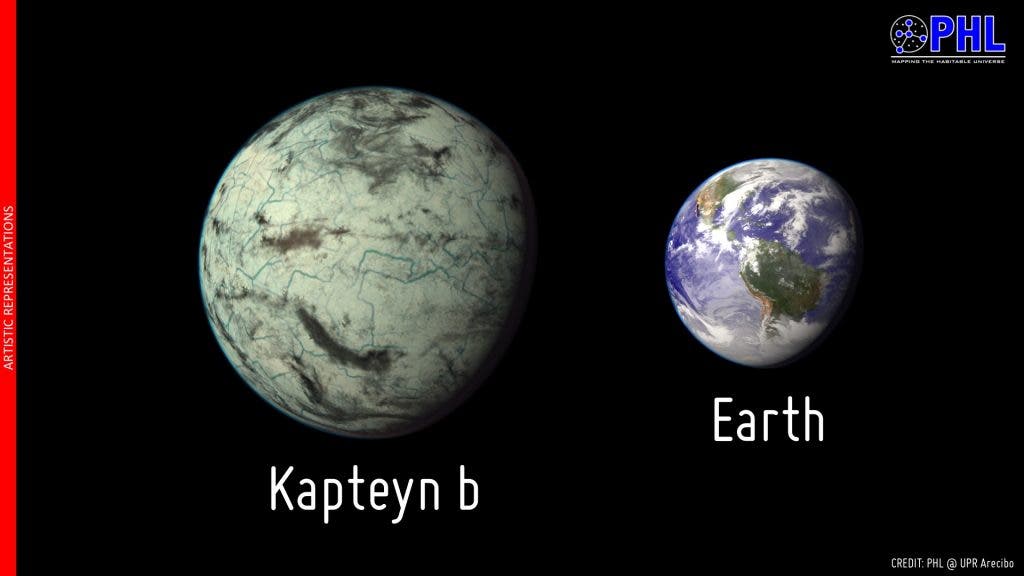An international team of astronomers reported the discovery of two new planets orbiting a very old and nearby star to the Sun named Kapteyn’s star; one of the planets, Kapteyn b, is potentially habitable – it has the right size, and is at the right distance from its start to host liquid water. What makes it even more interesting is that at just 13 light years away from Earth, it is the oldest potentially habitable exoplanet found so far.

It’s an exciting time to be an astronomer! It’s like every couple of days there’s an exciting exoplanet discovered, each more spectacular, similar to Earth, or potentially habitable – especially thanks to the Kepler mission. When it comes to promising exoplanets for hosting life, we’ve come incredibly far in just a few years, and this discovery highlights it once again.
The Super-Earth Kapteyn b orbits the star every 48 days, and it has a mass five times bigger than Earth. At the moment, only a few properties of the planets are known, but as scientists start to study them with more instruments, we will find out more about them. By measuring their atmospheres for example, we could find out if it has clouds and if it’s truly a habitable planet.
Kapteyn b is probably colder than Earth, if it has a similar atmosphere. However, a thicker atmosphere could easily compensate for that, and make it even hotter. The second planet, Kapteyn c is more massive, and just as ancient. Its year lasts for 121 days and astronomers think it’s too cold to support liquid water.
The fact that astronomers have found earth-like planets so close baffles me. Out of the myriad of stars out there, how many have planets which might support life? The answer seems to grow more and more with every such study; a previous study claimed that in our galaxy alone, that number is 60 billion. 60 billion potentially habitable planets in the Milky Way – it’s mind blowing!
Kapteyn b is the oldest and second closest to Earth potentially habitable exoplanet. We’re waiting for future studies to confirm or infirm its habitability.
Here’s the published study and the press release – which I really recommend reading. It’s one of the most creative press releases I’ve ever read.






